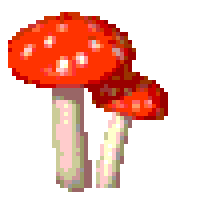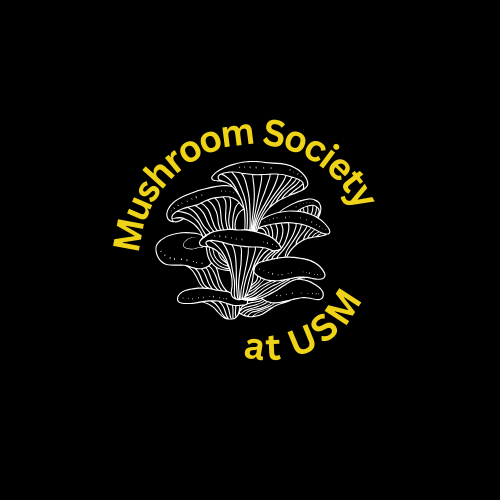Club Meetings
The first club meeting is scheduled for the second Friday of the semester (usually the last week of the month), with regular monthly meetings after that. Each meeting tends to occur in the afternoon (~3pm) and lasts for roughly an hour. There is no set location for each meeting, although our default spot is the outside tables right in front of the Cook Library and Panda Express. However, we generally try to reserve a room indoors for the meetings (if we remember to do so in time), so be sure to check the specific location for any meeting so you aren't sitting at a table alone waiting for others. We'll send out info about each upcoming meeting via our email as well as updates in our club groupchat and instagram page. If all those happen to slip by you, we also have our events calendar (see above) with information regarding each meeting and club activity!
At our meetings, we discuss new ideas for the club and any upcoming planned events that we may have. Although the President and Vice President are usually the ones tasked with coming up with directions to take the club, despite our traditional hierarchical structure, we wish to maintain an overall inclusive and democratic operation. So, if you have any fun ideas of your own for the club, bring 'em on! We'd love to hear them!
Mushroom Hunts
Hunting for mushrooms in the woods is our most defining feature as a club. What kind of "mushroom society" would we be if we didn't take our members on routine foraging field trips? (Not a very good one, that's for sure!). Our first hunt of the semester typically occurs the weekend following our first club meeting, with bi-weekly hunts occurring after that. As of May 2025, we alternate between two primary locations for mushroom hunting: Lake Thoreau Environmental Center and Petal River Park. Read on for a brief summary about each location, as well as general information regarding what to expect during our club hunts. For more information about each location, click on their respective header.

Lake Thoreau Environmental Center is a nature center owned and operated by the University of Southern Mississippi. It is divided into two nature preserves: the Eubank Preserve and the Longleaf Preserve. The former is colloquially referred to by the shorthand "Lake Thoreau", and is the place most frequented by USMMS, while the latter contains a trail referred to as the "Longleaf Trace" which connects the two preserves. Lake Thoreau's proximity to the USM campus (~7 miles) is what makes it an ideal go-to location for our club hunts. The 131-acre property consists of a dense, forested area wrapping around a large central lake (you'll never guess what it's called). Not every area of Lake Thoreau is accessible to the public, however. Some areas are closed off for research by the university, so it's important that we tread mindfully and respect the property's boundaries during our hunts. Additionally, while the Longleaf Preserve is open to the public from dusk to dawn each day of the week, Lake Thoreau is only open on the weekends from 8am to 6pm. This shouldn't really affect us considering our scheduled hunts fall on the weekend; however, it's important to keep in mind.
Click here for directions to Lake Thoreau. The entrance is located a bit further down from the sign, and it's easy to miss, so be on the lookout and drive carefully! As you enter the preserve, proceed forward until you reach a gravel parking lot next to the Welcoming Center. Our typical meeting spot is a bit further down that road from the parking lot in an area overlooking the lake. If you get lost or need help navigating the area, reach out in our club group chat and we'll be sure to assist you.

Petal River Park (PRP) is located in (you guessed it) the city of Petal, roughly 4 miles from the USM campus. It's positioned right off US Highway 11, alongside the Leaf River with ~70 acres of forested land, and is scattered throughout with walking and biking trails. Even if the conditions aren't right yet for mushroom fruiting, there are many spots in the upper altitude of the trails which provide a serene view of the Leaf River flowing southward. This nature reserve is the second most frequented foraging location for USMMS, and is open from dusk to dawn every day of the week.
Click here for directions to PRP. As you pull into the Petal River Park Mtb Trail, continue on the gravel path to the right (running parallel to Highway 11) until you reach the parking lot at the end of the path. Our meeting spot is right there in the lot. Once again, if you get lost or need help with the area, don't hestiate to reach out in the group chat! We are here to help all our members get to the hunt.



